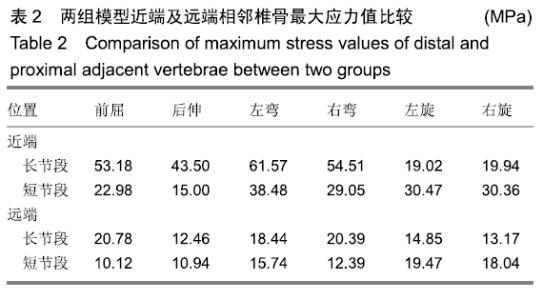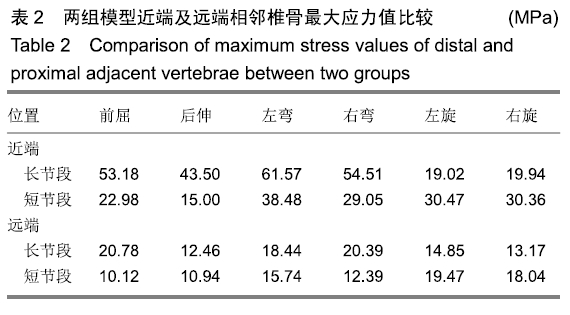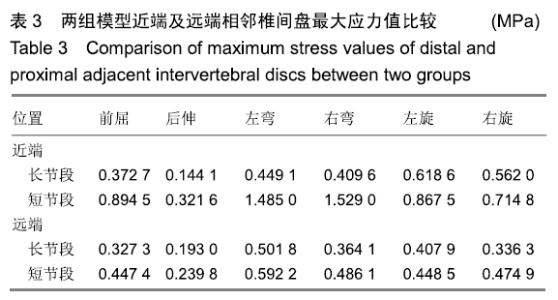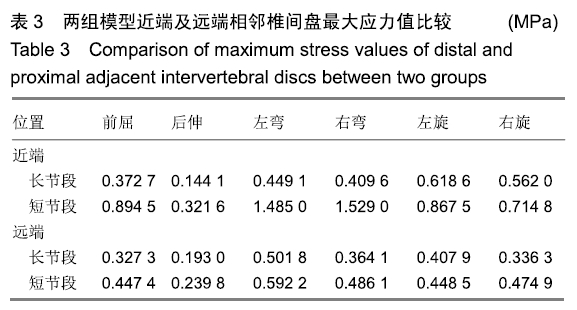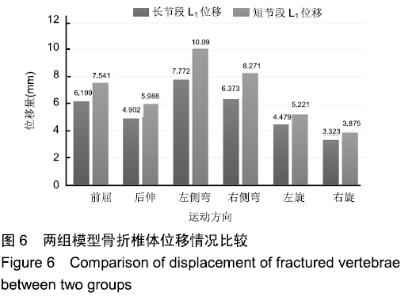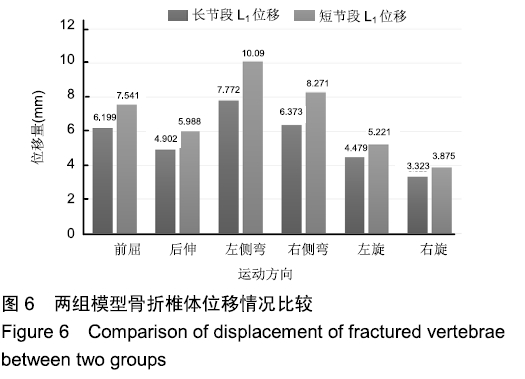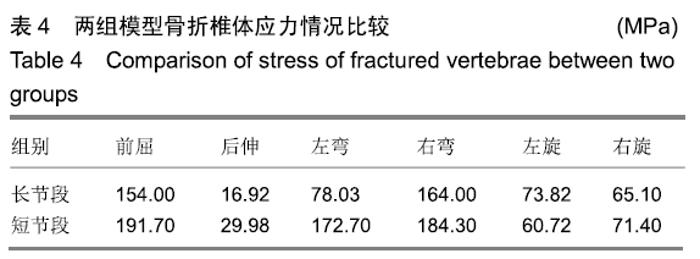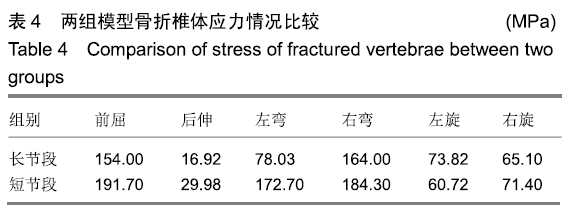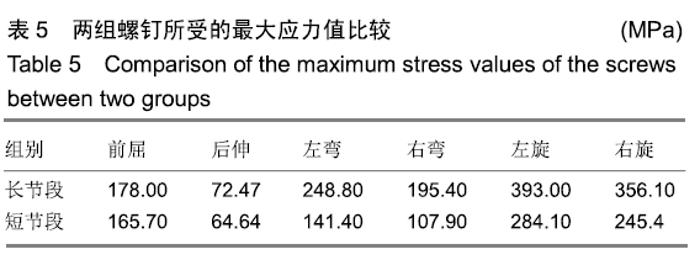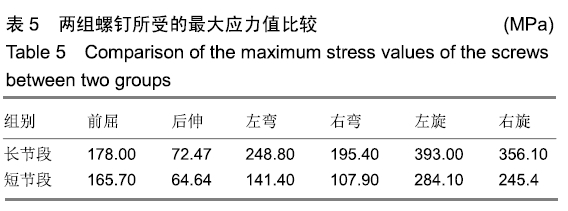[1] AYCAN MF, TOLUNAY T, DEMIR T, et al. Pullout performance comparison of novel expandable pedicle screw with expandable poly-ether-ether-ketone shells and cement-augmented pedicle screws. Proc Inst Mech EngH. 2017;231(2):169-175.
[2] CHENG Y, LIU Y. Percutaneous curved vertebroplasty in the treatment of thoracolumbar osteoporotic vertebral compression fractures. J Int Med Res.2019;21:1-10.
[3] MINAMIDE A, MAEDA T, YAMADA H, et al. Early versus delayed kyphoplasty for thoracolumbar osteoporotic vertebral fractures: The effect of timing on clinical and radiographic outcomes and subsequent compression fractures . Clin Neurol Neurosurg. 2018;173:176-181.
[4] DING J, ZHANG Q, ZHU J, et al. Risk factors for predicting cement leakage following percutaneous vertebroplasty for osteoporotic vertebral compression fractures. Eur Spine J.2016;25(11): 3411-3417.
[5] NAKASHIMA H, IMAGAMA S, YUKAWA Y, et al. Comparative study of 2 surgical procedures for osteoporotic delayed vertebral collapse: anterior and posterior combined surgery versus posterior spinal fusion with vertebroplasty. Spine (Phila Pa 1976).2015;15;40(2): E120-126.
[6] SUDO H, ITO M, KANEDA K, et al. Anterior decompression and strut graft versus posterior decompression and pedicle screw fixation with vertebroplasty for osteoporotic thoracolumbar vertebral collapse with neurologic deficits. Spine J, 2013;13(12):1726-1732.
[7] KUENY RA, KOLB JP, LEHMANN W, et al. Influence of the screw augmentation technique and a diameter increase on pedicle screw fixation in the osteoporotic spine: pullout versus fatigue testing. Eur Spine J. 2014;23(10): 2196-2202.
[8] ABOUSAYED M, BOKTOR JG, SULTAN AM, et al. Augmentation of fenestrated pedicle screws with cement in patients with osteoporotic spine. J Craniovertebr Junction Spine.2018;9(1): 20-25.
[9] WAQAR M, VAN-POPTA D, BARONE DG, et al. Short versus long- segment posterior fixation in the treatment of thoracolumbar junction fractures: a comparison of outcomes. Br J Neurosurg. 2017; 31(1): 54-57.
[10] WU DM, ZHANG LT, ZHAO J. Biomechanical Analysis of Cervical Finite Element Model. Appl Mech Mat. 2013; 273: 845-850.
[11] WANG W, ZHANG H, SADEGHIPOUR K, et al. Effect of posterolateral disc replacement on kinematics and stress distribution in the lumbar spine: a finite element study. Med Eng Phys. 2013;35(3):357-364.
[12] WU Y, CHEN CH, TSUANG FY, et al. The stability of long-segment andshort-segment fixation for treating severe burst fractures at the thoracolumbar junction in osteoporotic bone: A finite element analysis. PLoS One. 2019;14(2): e0211676.
[13] QIU TX, TAN KW, LEE VS, et al. Investigation of thoracolumbar T12-L1 burst fracture mechanism using finite element metho. Med Eng Phys. 2006;28(7): 656-664.
[14] EL-RICH M, ARNOUX PJ, WAGNAC E, et al. Finite element investigation of the loading rate effect on the spinal load-sharing changes under impact conditions. J Biomech. 2009;42(9):1252-1262.
[15] POLIKEIT A, NOLTE LP, FERGUSON SJ. The effect of cement augmentation on the load transfer in an osteoporotic functional spinal unit: finite-element analysis. Spine.2003;28(10): 991-996.
[16] SPIEGL UJ, ANEMÜLLER C, JARVERS JS, et al. Hybrid stabilization of unstable osteoporotic thoracolumbar vertebral body fractures: clinical and radiological outcome after a mean of 4 years. Eur Spine J.2019. doi: 10.1007/s00586-019-05957-8.
[17] HU KZ, CHEN SC, XU L. Comparison of percutaneous balloon dilation kyphoplasty and percutaneous vertebroplasty in treatment for thoracolumbar vertebral compression fractures. Eur Rev Med Pharmacol Sci.2018;22(1 Suppl): 96-102.
[18] KAUFMANN TJ, TROUT AT, KALLMES DF. The effects of cement volume on clinical outcomes of percutaneous vertebroplasty. AJNR Am J Neuroradiol.2006;27(9):1933-1937.
[19] CARMOUCHE JJ, MOLINARI RW, GERLINGER T, et al. Effects of pi-lothole preparation technique on pedicle screw fixation in different regions of the osteoporotic thoracic and lumbar spine. Neurosurg Spine.2005; 3(5): 364-370.
[20] MCLAIN RF. The biomechanics of long versus short fixation for thoracolumbar spine fractures. Spine. 2006;31 Supp1 11: S70-S79.
[21] 秦大平,张晓刚,宋敏,等.有限元分析在骨质疏松性椎体压缩骨折脊柱力学动态变化中的应用[J].中华中医药杂志(原中国医药学报), 2019,34(1): 206-211.
[22] MCLAIN RF, SPARLING E, BENSON DR. Early failure of short-segment pedicle instrumentation for thoracolumbar fractures. A preliminary report. J Bone Joint Surg Am.1993;75(2):162-167.
[23] PARKER JW, LANE JR, KARAIKOVIC EE, et al. Successful short-segment instrumentation and fusion for thoracolumbar spine fractures: a consecutive 41/2-year series. Spine (Phila Pa 1976). 2000;25(9):1157-1170.
[24] LEHMAN RA JR, KANG DG, WAGNER SC. Management of Osteoporosis in Spine Surgery. J Am Acad Orthop Surg. 2015;23(4): 253-263.
[25] CHOW DHK , LUK KDK, EVANS, et al. Effects of short anterior lumbar interbody fusion on biomechanics of neighboring unfused segments. Spine.1996;21(5): 549-555.
[26] 辛兵,侯筱魁,李永刚. 脊柱内固定与邻近关节突关节退变程度的关系[J]. 中国脊柱脊髓杂志,1999,9(6): 321-323.
[27] RUAN D, HE Q, DING Y, et al. Intervertebral disc transplantation in the treatment of degenerative spine disease: a preliminary study. Lancet. 2007; 369(9566): 993-999.
[28] SUN E, ALALAY R, VADER D, et al. Preventing distal pull out of posterior spine instrumentation in thoracic hyper kyphos: a biomechanical analysis. Spinal Disord Tech.2009; 22(4): 270-277.
[29] WANG HW, MO ZJ, HAN JD, et al. Extent and location of fixation affects the biomechanical stability of short- or long-segment pedicle screw technique with screwing of fractured vertebra for the treatment of thoracolumbar burst fractures: An observational study using finite element analysis. Medicine. 2018;97(26):1-6.
|


